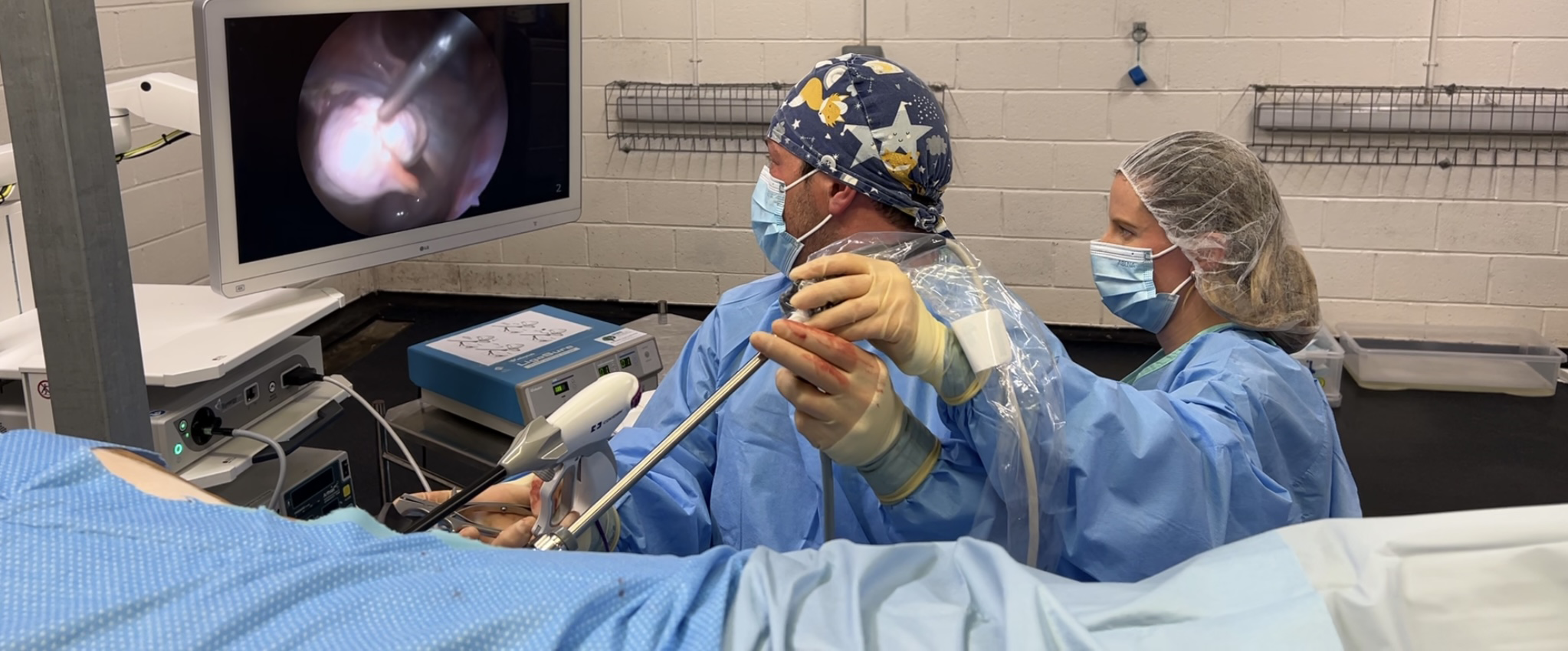This is a disease which is frequently fatal in horses and has been increasing in incidence in Europe over the last few years. We are currently seeing a number of cases throughout the UK.
It is a disease that causes destruction of the muscle tissue and involves both skeletal and heart muscle, leading to muscular and respiratory weakness. Younger horses and those over 20 years old appear to be more at risk if contracting EAM as are horses in poor condition. New horses to pasture are also at an increased risk. Horses who live out and are on heavily grazed pasture are also considered to be more at risk.
Cause
Seeds of the Sycamore tree when ingested cause the condition and due to wind and heavy rain we commonly see outbreaks during the Autumn of each year.
Summary of Clinical Signs
- Dark coloured urine
- Lethargy and dullness
- Many horses continue to eat well
- Muscle stiffness and weakness which can progress to lying down/collapse
- Often these symptoms are mistaken for colic
- Some cases may present similarly to a choke
Advice if you suspect your horse or pony to be suffering from EAM
- Contact your veterinary surgeon immediately (early detection and treatment increases the chances of recovery)
- Move the horse into a stable and keep him warm
- The vet will take a blood sample for testing and advise on the most appropriate treatment (this may include pain relief and use of intravenous fluids to keep the horse hydrated)
- If the affected horse has field companions, these horses will need to be moved to stables or another field and monitored for any signs of EAM
General Summary
To reduce risk to your horse we would advise not grazing horses on pasture where there are sycamore trees at this risk period. If this is not practical providing supplementary hay and feeding is advised. Fencing off this area of field is also suggested (temporary electric fencing)


